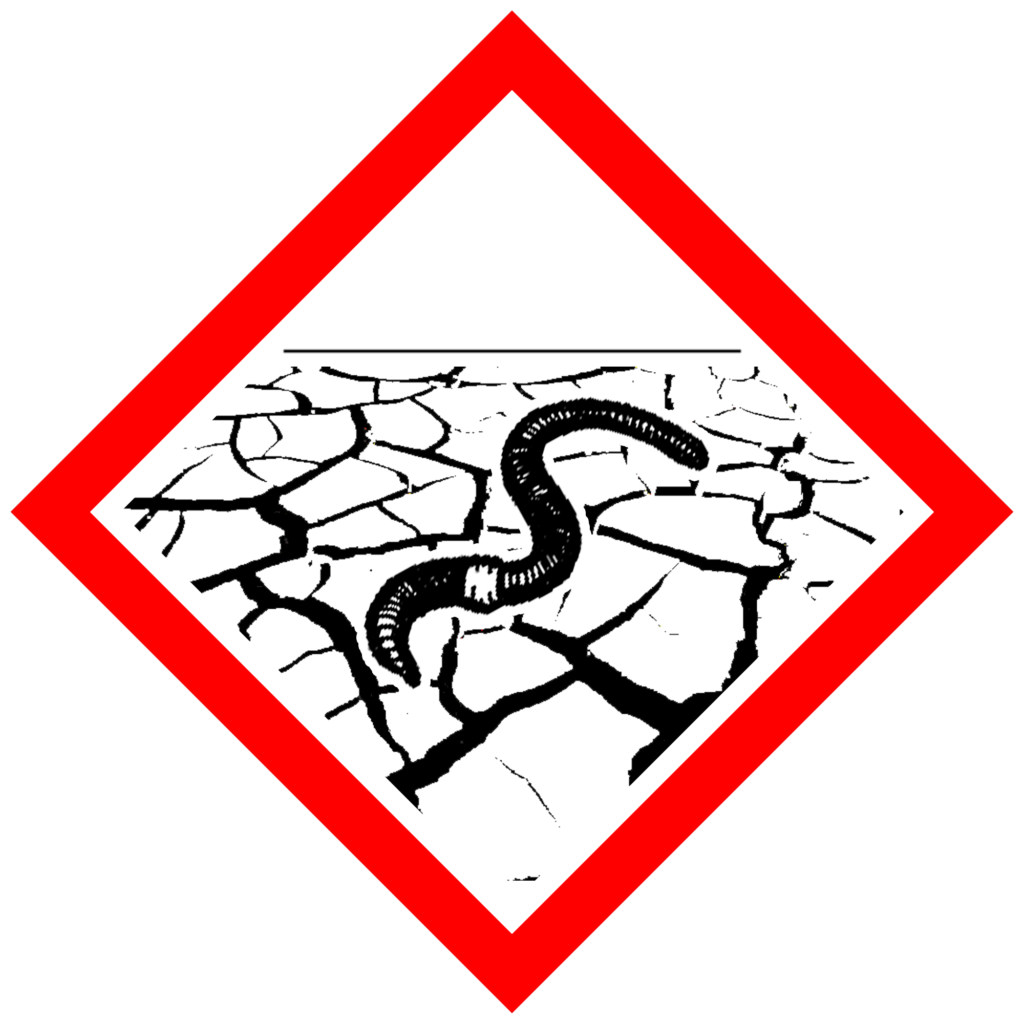Most recent activities & projects can be found here!

INTEGER
Measures of integrated pest management and their effect on key environmental parameters
Client German Federal Environment Agency – UBA
Cooperation Dr. Benjamin Daniels
2021-2022
There are numerous methods available in Integrated Pest Management – IPM for building sustainable agriculture. However, there is still a lack of systematic investigation and comparison concerning the question of which of these approaches can be recommended, especially for ecological reasons, because they have been shown to lead to increased biodiversity and resilience of non-target organisms (NTO) populations and reduced use of plant protection products in-field and adjacent to the agricultural fields. The study aimed to systematically compile the state of knowledge from nationally and internationally available literature on the ecological effectiveness of IPS measures for crops relevant in Germany. In doing so, the measures of Integrated Pest Management (in all its diverse manifestations worldwide with a focus on the European Union) were investigated regarding their applicability in agricultural practice and effectiveness as plant protection measures.

XETA
Statistical Analysis and Automated Reporting functions for the new OECD Test No. 248: Xenopus Eleutheroembryonic Thyroid Assay (XETA)
Client IBACON GmbH
2019-ongoing

PROSOIL
Protection of soil organisms development of toxicity hazard criteria for soil organisms in the framework of classification of substances and PBT assessment
Client German Federal Environment Agency – UBA
Cooperation gaiac – Research Institute for Ecosystem Analysis and Assessment at RWTH Aachen University e.V
2019-2022
Starting point and basic hypothesis of the PROSOIL project were that soil organisms are currently not sufficiently protected by actual hazard-based chemical regulations. Alternative toxicity criteria for CLP & PBT assessments deduced from studies with soil organisms are deemed necessary. A data-driven approach was chosen to transparently deduce protective trigger values for soil hazard criteria. Under the basic assumption that candidate suspect substances could come either from a group of substances that is difficult to test in aquatic studies (because of poor water solubility), or from a group of substances previously classified as Persistent and Bioaccumulative under the relevant regulatory provisions, with the T-criterion (from aquatic toxicity data) not fulfilled at the same time, a generally unbiased approach is developed. The project aims at the identification of substances that are currently not classified potentially hazardous for the environment and those that are not banned as PBT but should be based on toxicity criteria based on studies on soil organisms.

INSAIX
Farmers create flowering areas for the protection & promotion of insect biodiversity in agricultural landscapes
Client Förderverein für Arbeit, Umwelt und Kultur in der Region Aachen e.V. – FAUK
2019-ongoing
We all know: Insects are indispensable. They pollinate 80% of all crops worldwide. Flowering domestic gardens are important oases for insects, but this comparatively small area is not enough. Without large corridors in the agricultural landscape, populations will not recover.
Our concept connects citizens and farmers directly. The aim is to create flowering areas on the fields in the agricultural landscapes of the Aachen region.

UNCERTAIN
Further development of toxicity tests with soil organisms: Sustainable protection of biodiversity in soils
Client German Federal Environment Agency – UBA
Cooperation
ECT Flörsheim GmbH, clover stragegy Coimbra, Durham University
2018-ongoing
The research project “UNCERTAIN” identifies and quantifies wherever possible the uncertainties that may occur in the environmental risk assessment (ERA) of pesticides (PPPs), especially in the soil compartment.
The project is based on the assessment that the general approach has certain shortcomings, in the understanding and description particular how experimental results (subsequently used in risk, fate and mechanistic modelling) affect the outcome of the ERA. The project aims at combining the predominant, pre-defined sources of uncertainty in statistical Bayesian network models (especially well-suited for the quantification of uncertainties) that are fed by data from own experiments and publicly available databases. In turn, the approaches are built upon the experiences and preliminary works of Römbke & Sousa (2017) and Scholz-Starke (2015).
